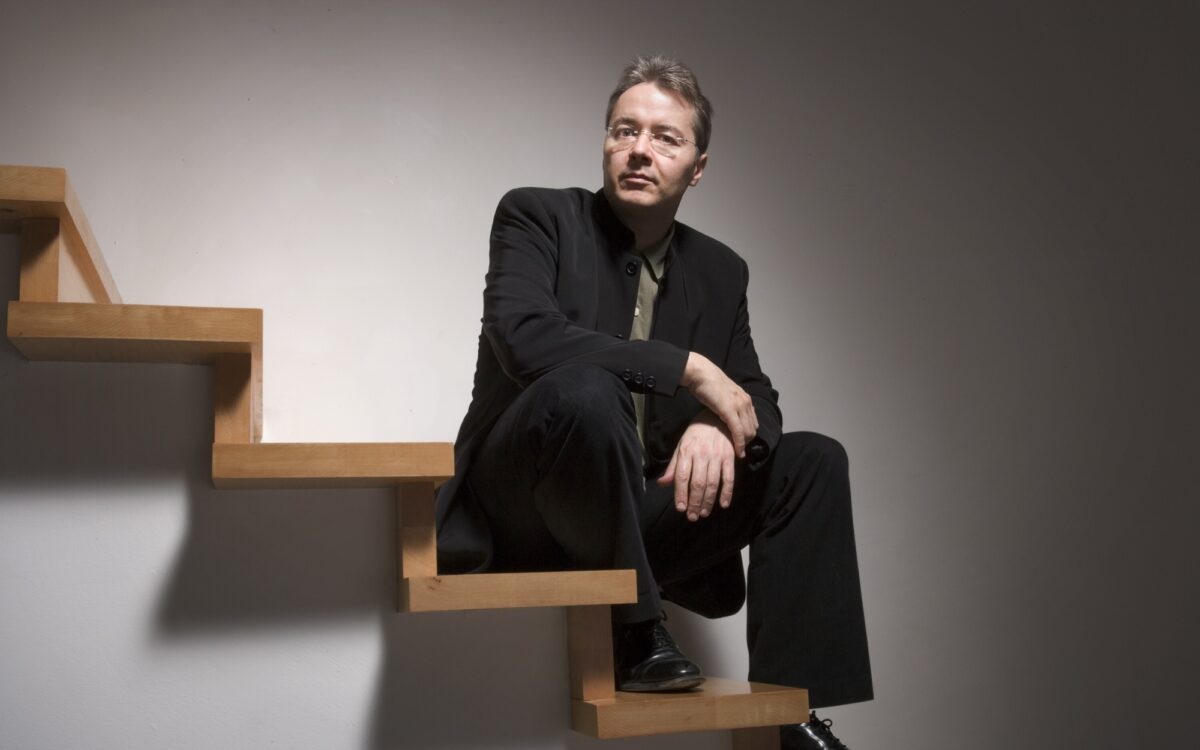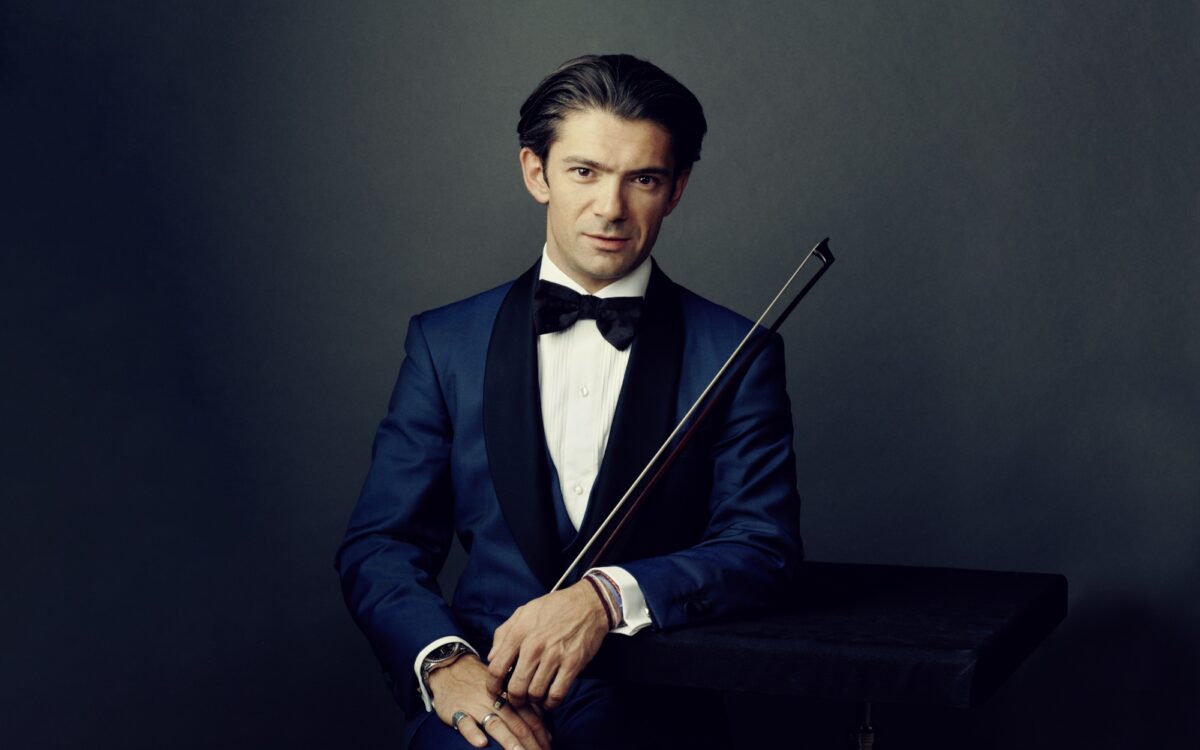Symphony No. 2
Composition and premiere: Rachmaninoff composed his Second Symphony mostly in Dresden, Germany, in 1906-07. He led the premiere in St. Petersburg, Russia, on January 26, 1908. Leon Fleisher and André Previn led the Tanglewood Music Center Orchestra’s previous performances of the piece, in 1986 and 1999, respectively.
By the time he came to write his Second Symphony, Rachmaninoff had become such a celebrity in Moscow—as composer, pianist, and conductor—that he found he had to “escape” in order to be able to compose without interruption. This need was made more urgent by the increasing political unrest, especially the massacre before the Winter Palace in St. Petersburg in January 1905, an anticipation of the revolution that was barely a dozen years away and that made his conducting post with the state-run Bolshoi Theater awkward. Disturbances continued throughout the year 1905, and though Rachmaninoff was busy seeing two new operas, Francesca da Rimini and The Miserly Knight, through their premieres in January 1906, he clearly decided that it was time to leave Russia for a while. By mid-February he had resigned from his position at the Bolshoi and, despite offers of remunerative conducting engagements, he moved his family to Dresden for the year. There, virtually unknown to all, he could work in seclusion as a full-time composer.
He began work on a new opera, Monna Vanna, based on a play by Maeterlinck. It was never to be finished, partly because he interrupted himself to compose the Second Symphony, and later because the playwright had a contract with the music publisher Heugel specifying that the rights to set the play to music be assigned to only one composer, a certain Henri Février.
The premiere of Rachmaninoff’s First Symphony in 1897 had been so disastrous that the 24-year-old composer nearly gave up composition entirely. Memories of that event were no doubt the reason that Rachmaninoff composed his new symphony in secret, not telling even his best friends in Russia until he was essentially finished and word had leaked out in a German paper. On February 11, 1907, he added a postscript to a letter from Dresden with the confession: “I have composed a symphony. It’s true! It’s only ready in rough. I finished it a month ago and immediately put it aside. It was a severe worry to me and I am not going to think about it anymore. But I am mystified how the newspapers got onto it!”
Rachmaninoff returned to Russia that summer, carrying with him the newly composed First Piano Sonata and the nearly finished symphony. He conducted the first two performances of the symphony, one in St. Petersburg, the other in Moscow. After repeating it in Warsaw he returned to Dresden, where he made the final adjustments to the score before sending it off to the publishers.
The Second Symphony’s very first phrase in the cellos and basses is the essential motto, which dominates the symphony on its surface or somewhere in the undertow. Its melodic turn is at once converted into an expressive figure in the violins in the first of many elaborations. A new one occurs in the restless Allegro that follows. The A minor scherzo movement is one of Rachmaninoff’s most original in character and scoring, right from the opening horn theme, which is a rather festive march, and the violin figure that follows will return to open the symphony’s finale. Periodically the movement softens into a lyrical stepwise melody before returning to the energetic business for which the movement is intended to serve. At the end, a coda dies away into nothingness.
A high point of the symphony comes in the third movement, one of the most romantic passages in the entire orchestral repertory. The passion hinted at in the introductory measures return in full force at the climax. But first the clarinet sings a long, tender song expanding without repetition for twenty-three measures. The middle section is lightly scored, with brief questions and answers tossed back and forth by the English horn and oboe against reminders in the violins of the symphony’s opening motto. A long crescendo leads to the climactic statement of the romantic opening figure of the movement. This quickly collapses, though, and the motto intertwines with the romantic figure in mysterious dialogue, leading to the restatement of the clarinet song. Another romantic climax ensues, and the movement dies away in a dialogue of murmuring calm.
The finale abruptly breaks the romantic atmosphere with a theme full of triplets rushing headlong in a carnival mood. Recollections of earlier movements are woven into this madcap chase with great subtlety, and the string choir has the opportunity to introduce (in unison) another of Rachmaninoff’s great soaring, singing melodic inventions. A brief Adagio recalls the slow movement and the violin version of the opening motto before we plunge into the development section, which contains one of Rachmaninoff’s greatest masterstrokes. Gradually one instrument and then another begins to play a descending scale, first in quarter-notes, then some in eighth-notes or whole notes, overlapping and making an extraordinary noise, as if someone were ringing the changes on all the bells of Moscow at once. A recapitulation and swift coda ends the symphony in a truly resplendent manner.
Steven Ledbetter
Steven Ledbetter was program annotator of the Boston Symphony Orchestra from 1979 to 1998.


